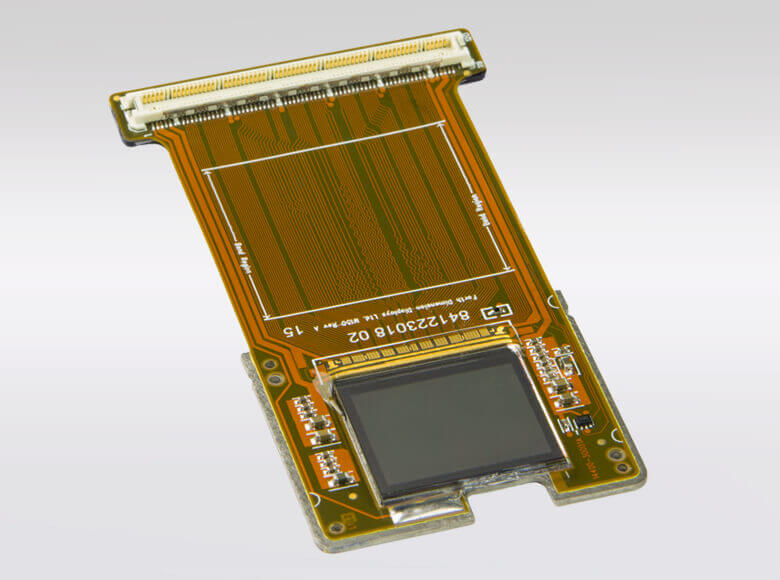Same people, same location—and the same high-performance products you count on, now with the resources to bring you even more advanced optical solutions for your applications.
All information about Forth Dimension Displays and its products can now be found on the Kopin website. Please continue to work with your local representative for any current or new project needs.

